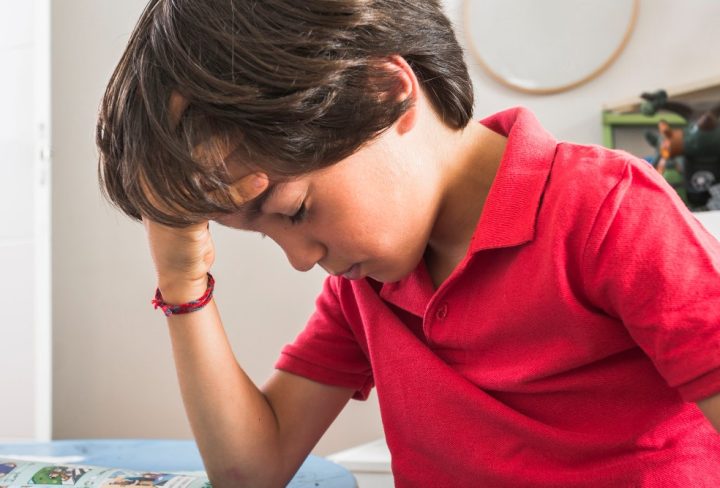Raising children can be joyful, but it also brings new challenges. One significant challenge is understanding and managing stress in our children. Luckily, there are practical ways parents can help. Let’s explore some child stress relief techniques that could make a big difference.
Recognizing and Addressing Key Stress Triggers for Children
Children face many pressures in their daily lives. These pressures can lead to stress, which is not always easy for parents to spot. Let’s dive deeper into what stresses children today and how we can help them.
Common Stressors
1. School Pressure: Homework, exams, and grades can be challenging for kids. This pressure can result in stress and sometimes even childhood stress symptoms like headaches or upset stomachs. 2. Peer Pressure: Young kids and teenagers might feel stressed about fitting in or keeping up with trends, leading to anxiety. 3. Family Dynamics: Changes within the family, like moving or parental arguments, can also be a big cause of stress in children.
Technology’s Role
Technology is everywhere in kids’ lives today. While it offers benefits, it can also be a stressor. – Too much screen time can add to anxiety and reduce sleep quality, leading to more stress. – On the positive side, technology can also offer relaxation through fun games and apps designed to teach relaxation.
Regional Context: The Indian Scenario
In India, children often face academic pressure due to the high societal value placed on education. – Besides academics, cultural expectations can add stress to children’s health. Family gatherings and cultural rituals sometimes add to stress if expectations are not met. – Parents can help by understanding these pressures and offering support and encouragement.
Mindfulness, Nutrition, and Physical Activity: Building a Healthy Stress-Free Environment
Creating a balanced life with techniques like mindfulness, good nutrition, and exercise can improve your child’s well-being. Here’s how.
Mindfulness and Meditation
Practicing mindfulness can significantly aid in managing stress in children. – Simple breathing exercises or guided meditations can work wonders. – Consider using short daily mindfulness tasks to teach children how to focus and relax, reducing childhood stress symptoms.
Importance of Nutrition
A balanced diet contributes greatly to child stress relief techniques. – Healthy meals keep energy levels stable and improve mood, which helps manage stress. – Foods rich in nutrients like omega-3 fatty acids and vitamin C can boost brain health, reducing anxiety.
Physical Activity
Getting moving really helps in relieving stress. Different activities offer different benefits: – Yoga and Dance: Both improve flexibility, concentration, and reduce stress. – Traditional Games: Encourage your kids to play outdoor games like cricket or tag. Physical play is a great distraction and a stress reliever.
Fostering Strong Parent-Child Relationships: Proactive Measures
Building a trusting, open relationship with your child forms a foundation for a stress-reduced environment.
Open Communication
- Regularly chat with your child about their day.
- Encourage them to share feelings and thoughts.
- Listening without judgement promotes trust and makes them feel safe.
Practical Family Activities
To strengthen your bond, try: – Family game nights – Cooking together – Nature walks: Exploring together opens up more opportunities for discussion and enjoyment.
Nurturing Environment
- Keep a routine at home to provide stability.
- Praise efforts, not just achievements, to bolster confidence.
- Create a quiet space for your child to relax and unwind.
By actively engaging with your child and providing supportive environments, you can help them cope with stress effectively.
These child stress relief techniques are just a starting point. Being involved and committed to understanding your child’s needs will help reduce stress. Remember, parents play a crucial role in their child’s emotional world. With loving support, children can learn to manage their stress healthily and happily.


